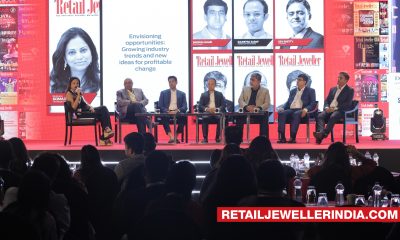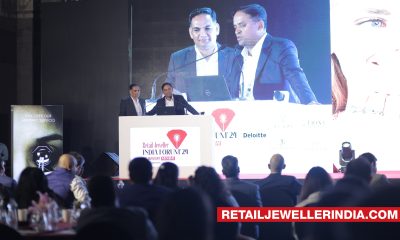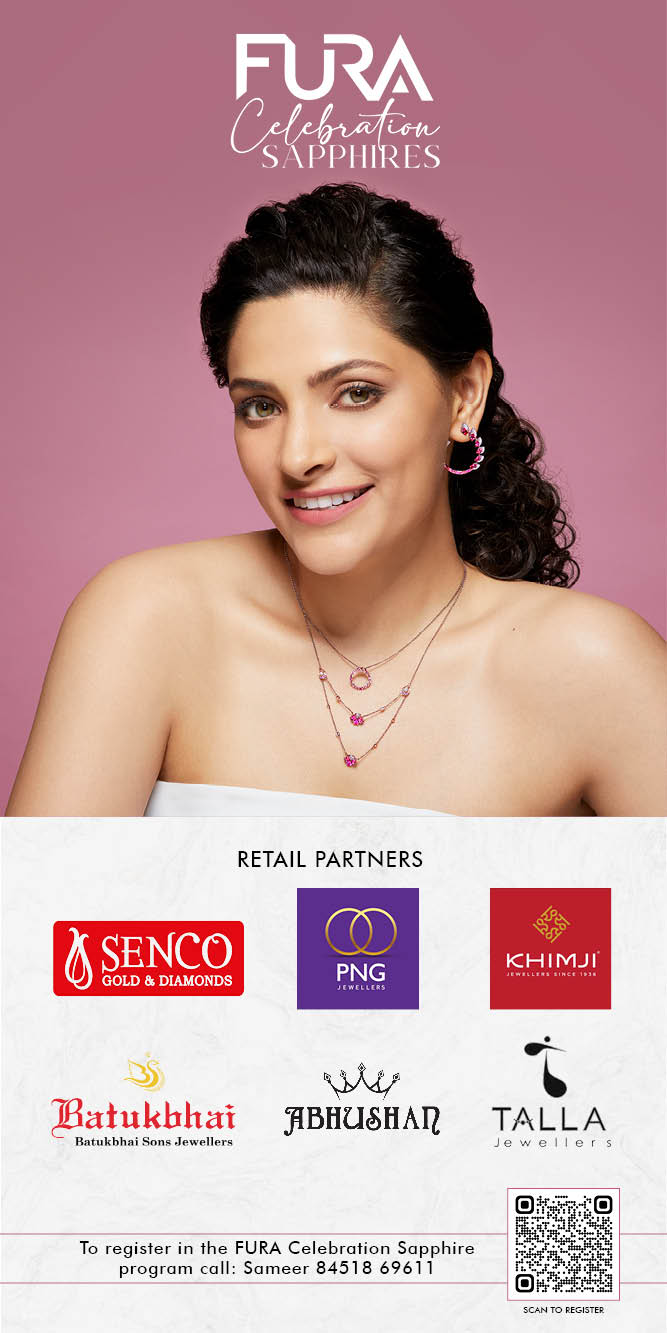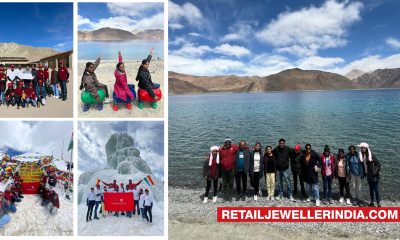Prime Story
Deepening hues: Dev Shetty, President & CEO, FURA
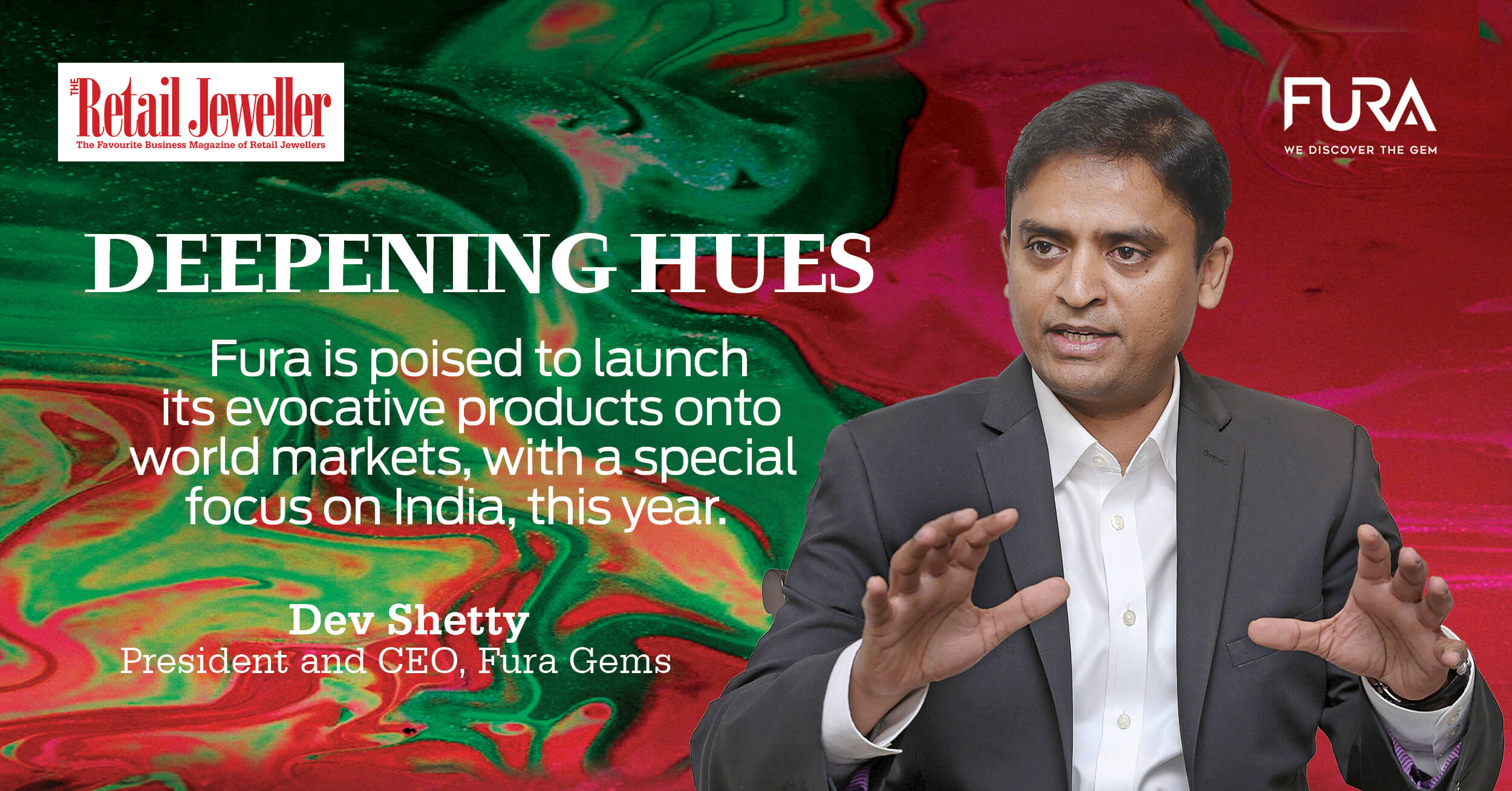
Fura is a daring and well-founded new entrant to the global mining industry. Specialised in colour gemstones and moving quickly to corner major sources of the world’s supply of emeralds, rubies and sapphires, Fura is poised to launch its evocative products onto world markets, with a special focus on India, this year. Soma Bhatta spoke with Fura’s president and CEO Dev Shetty.
Soma Bhatta (SB): Please tell us about Fura’s journey so far.
Dev Shetty (DS): Fura’s journey began in January 2017. From the outset we wanted to focus on colour gemstones. Our focus was on finding operating assets that could bring in revenue within two or three years. Our first acquisition was in Colombian emeralds at Coscuez in January 2018.
Two years on, we have achieved three major milestones. We have a presence in emeralds in Colombia, the world’s largest supplier of emeralds by dollar value. We consolidated licences to build a 435 sq km land block in Mozambique, the world’s largest supplier of rubies. We acquired an operating asset in sapphires in Australia. We are the only company to have all the major categories of colour gemstone in our portfolio.
The acquisition that we announced on 11 February 2020 [of major interest in a number of ruby mining licences and concessions in Mozambique, on favourable terms was the outcome of a consolidation that began in July 2018. Fura is the first international company to have 100 per cent of the land bank in a major producing area. It is possible that we may have a few more acquisitions in rubies and sapphires in 2020, but our focus is on production. Looking at the current scenario and the uncertainty caused by the novel Corona virus, we will defer our supply to the market.
Instead of the first half of 2020, now we will be supplying the market with emeralds from Colombia and rubies from Mozambique in the second half of 2020. If we get our strategy right, in the second half we may be able to supply Australian sapphires as well. I think we will surprise lots of people, in a good way. With sapphires, we will do what Rio Tinto did for brown diamonds a few years ago.
SB: What do you see as Fura’s main markets?
DS: Speaking of B2B [business-to-business] deals in our first product, rough Colombian emeralds, the USA, India , Hong Kong and Israel put together will take 95 per cent of our product. We expect a third of our B2B business in emeralds to be with India. When it comes to B2C [business-to-consumer] sales, 50 per cent of our emerald products will land in the US, 25–30 per cent will go to China, and the rest to Europe and India.
With the Mozambican ruby, our biggest B2B customer will be Thailand, at 90 per cent of the product. The balance will go to Sri Lanka and China. But lots of Indian players are associated with Thais directly or indirectly. Directly, where they jointly manufacture the roughs into cut gems. More often indirectly, where they act as financing partners.
We expect India to account for a large part of the global market increase in rubies. Culturally and historically, rubies are widely accepted in India. In B2C sales, 60 per cent of our rubies will land in China, 25–25 per cent in the US, and the rest in India and Europe.
SB: Colour gemstones have had a rocky few years in the world market. For Fura, is this challenge or opportunity?
DS: Supply shortages have led to a dramatic drop in sales of Colombian emeralds over the past decade. Far fewer Burmese rubies, too, have come on the market in the last five years, because of the US-led embargo and the fact that the mines had to go deeper than before. Even organised companies have had a hard time getting supply.
For the next 10 years we estimate that Fura, and companies like Gemfields, will organize the industry. Globally, about $2-$2.5 billion of emeralds, rubies and sapphires are sold every year, of which only $200 million worth come from organised sources. Fura has the opportunity and the reasonable goal of achieving a 10 per cent market share within five years.
SB: Do you have any targets in mind, for the next few years?
DS: For Colombian emeralds we want to hit a million carats of production over the next three years. With Mozambican rubies, our aim is 10 million carats over two or three years and in Australian sapphires, 10 million carats in next three years. As lab-grown gems have been disruptive in the jewellery sector, we believe that we are going to be the next disruptor in this sector.
India and China will be the biggest drivers of our growth, especially in rubies and sapphires. If the market trends hold, we expect a 15–20 per cent growth in market share, year on year. I think 20–25 per cent of our sales value will be driven by the Indian market, and 30 per cent of volume.
SB: Many jewellers in India remain unorganised. What is Fura’s approach to the industry?
DS: At Fura, we see our growth with organised players. We do not have the burden of creating a new market. We will not be creating a new category, merely taking some market share from the unorganised trade.
For jewellery manufacturers, this is a plus. Their main challenge in buying from unorganised sources has been the lack of a guaranteed product, which means an inconsistent supply of gems of the required quality and clarity. This is why manufacturers do not run marketing campaigns. They sell what they get.
The chief benefit of Fura’s entry is an assured, consistent and ethical supply, with which all stakeholders can run programmes on a long-term basis. Fura would guarantee sustainability and ensure that the whole chain is auditable. Combined with marketing, this would give jewellers a robust platform from which to drive sales.
SB: What are Fura’s plans for certification and standardisation?
DS: Any jeweller today can produce documentation that proves a gemstone’s origin in, say, a particular region of Africa. But the certificate will be signed by the jeweller. This is no longer sufficient in India. We need standardisation.
Fura will bring in standardisation by a reliable third party like a leading lab. We are in talks with two major labs, for rubies. We are in talks with select retailers to encourage them to work with these labs on certification.
As a miner, Fura will give a certificate of origin when it comes to rough. If we handle the gem all the way to market, obviously it will come with a Fura certificate. Otherwise, the manufacturer can certify it as Fura rough. It will take two or three years for these systems to fall into place.
SB: How do you see colour gemstones contributing to the industry’s growth?
DS: For diamond jewellery manufacturers, margins are growing tighter. As natural gems, colour gemstones have that element of differentiation. Millenials are always on the lookout for something different. An offering of red, green, yellow or blue gems, I believe, offers additional value and the potential of a new but related product category.
If a piece of diamond jewellery earns a margin of 2–5 per cent, adding a few colour gemstones can raise this margin to 10–15 per cent. The figure can even go up to 20–25 per cent, because this is still a maturing market.
We have started with a small base, but the numbers are telling. The diamond jewellery market in India is worth $3 billion, but that of colour gemstone jewellery is just $800 million. If the segments join together, we can command a $10 billion market quite quickly, and even take the industry to $15 billion.
SB: You make Fura’s entry sound like a win–win.
DS: There are a few things we need to work on, at an industry level. Twenty or 25 years ago when De Beers, Rio Tinto and Alrosa wanted to boost diamonds, the jewellery industry collectively stepped in to back the segment. We would like to see similar support, particularly in marketing. Another serious lacuna is in the practice of full disclosure during sale.
Our intention is to tap into the diamond market while complementing it. We are part of the same family and can add value. Diamond jewellery has done a great job over the last quarter-century developing collections and marketing approaches. Adding colour stones and gemstones will enrich the mix and the stories. We see an environment of mutual benefit, one that improves margins and gives millennials just what they love.
“Looking at the current scenario and the uncertainty caused by the novel Corona virus, we will defer our supply to the market. Instead of the first half of 2020, now we will be supplying the market with emeralds from Colombia and rubies from Mozambique in the second half of 2020. If we get our strategy right, in the second half we may be able to supply Australian sapphires as well. I think we will surprise lots of people, in a good way. With sapphires, we will do what Rio Tinto did for brown diamonds a few years ago.”
“For the next 10 years we estimate that Fura, and companies like Gemfields, will organize the industry. Globally, about $2-$2.5 billion of emeralds, rubies and sapphires are sold every year, of which only $200 million worth come from organised sources. Fura has the opportunity and the reasonable goal of achieving a 10 per cent market share
within five years.”
“We have started with a small base, but the numbers are telling. The diamond jewellery market in India is worth $3 billion, but that of colour gemstone jewellery is just $800 million. If the segments join together, we can command a $10 billion market quite quickly, and even take the industry to $15 billion.”





 Daily News4 weeks ago
Daily News4 weeks agoBhima Jewels appoints Ram Charan as brand ambassador, aims to strengthen customer base in India and UAE

 Prime Story1 week ago
Prime Story1 week agoC Krishniah Chetty Group organizes 10-day Ladakh educational expedition for underprivileged students

 Daily News2 weeks ago
Daily News2 weeks agoKavitha Gold & Diamonds appoints actor Fahadh Faasil as brand ambassador, plans major expansion

 Daily News3 days ago
Daily News3 days agoZoya raises a toast to its muse with designer Gauri Khan via vibrant gala






